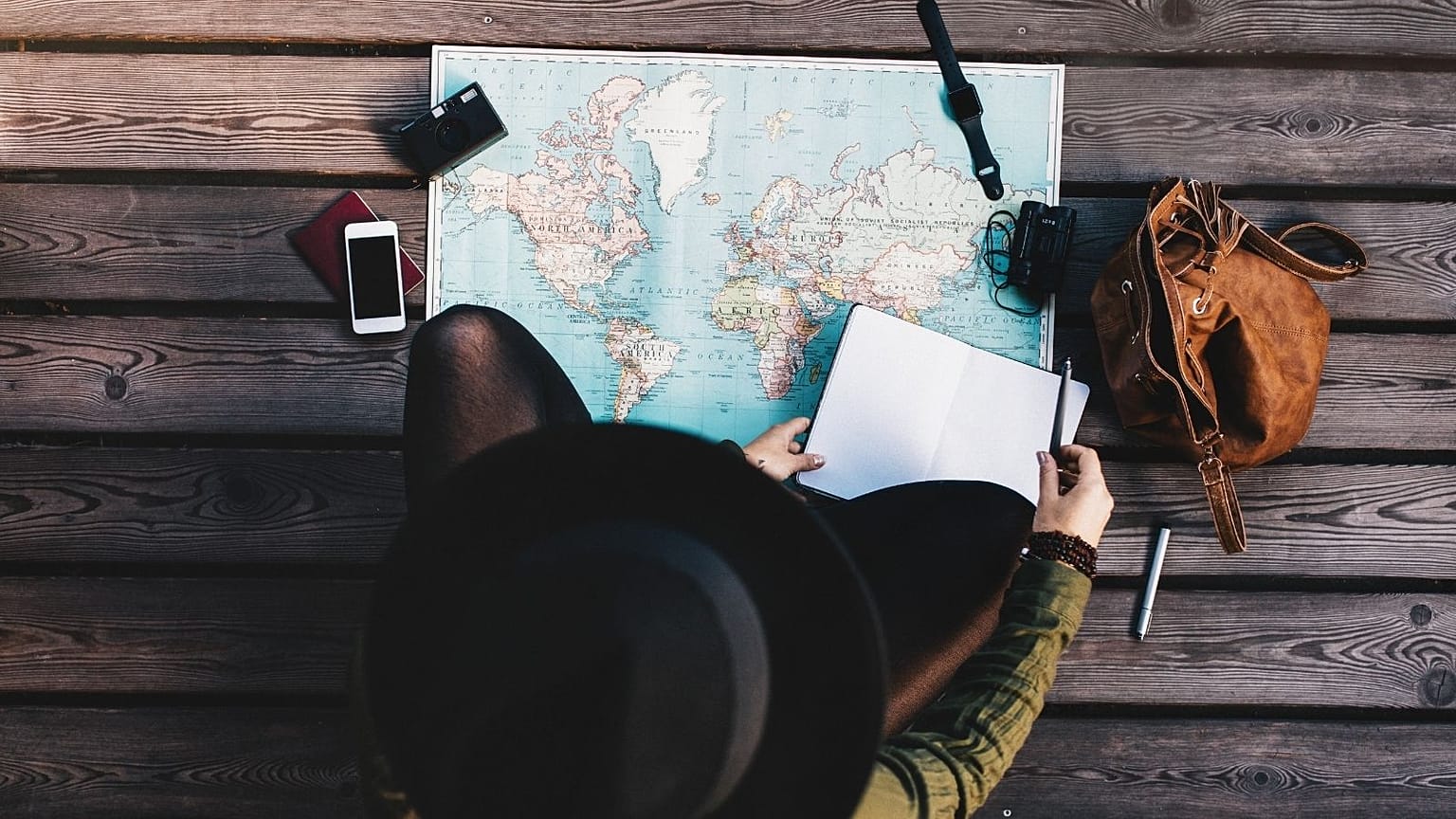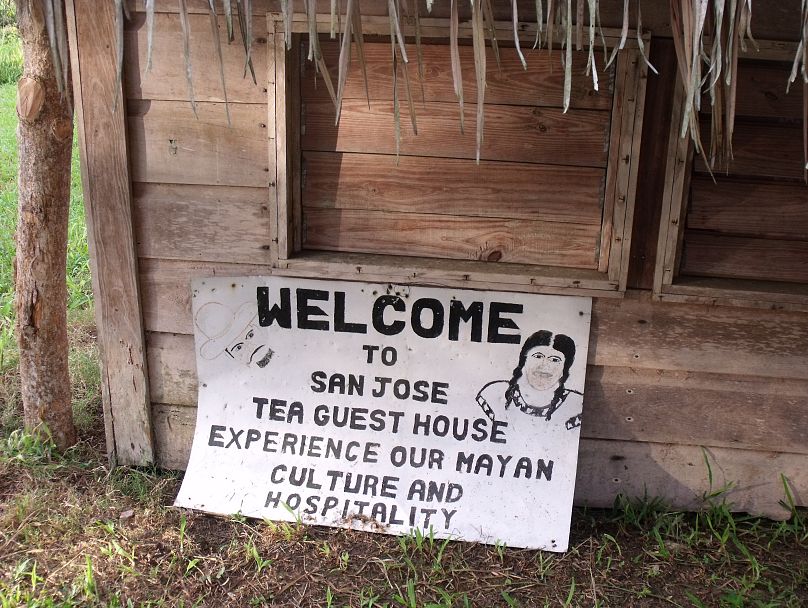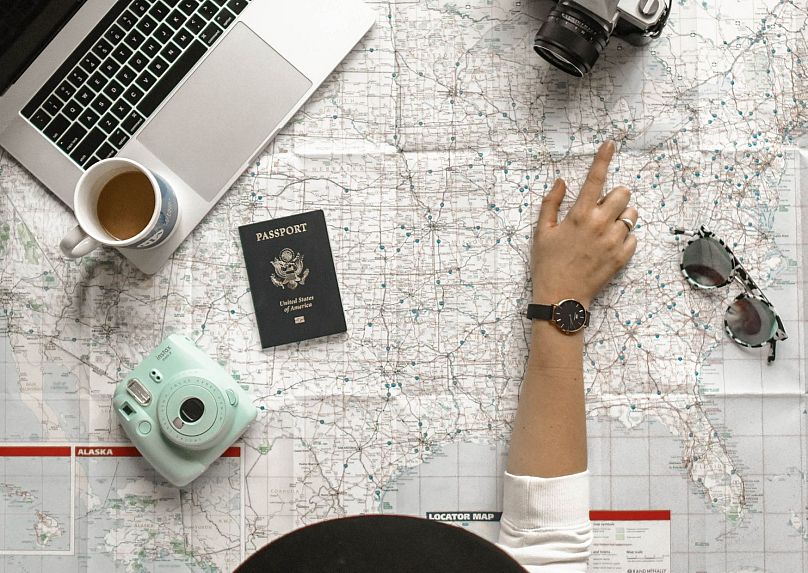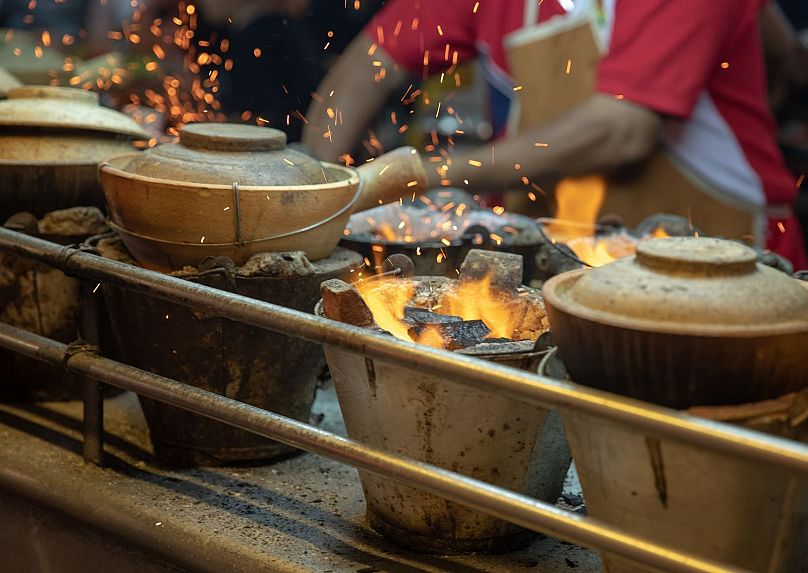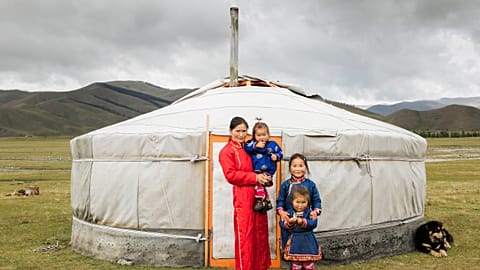Leave the guidebook at home, switch off your maps and hop off the tour bus. The best way to immerse yourself in a culture is to take your cues from the locals.
For many of us, travel is not just about seeing a place. It’s about the physical experience of being there. Getting under its skin and understanding what it’s like to live there or grow up there. When we try to move around a place like a local we broaden our horizons and open our minds to other ways of living.
But you have to make a conscious effort to avoid the crowds and explore a place as if you aren’t a tourist. There are things you need to do in advance of your travels, as well as when you’re on the ground, so get prepared. After all, many find planning an exciting part of the adventure.
So if you normally rush from one monument, museum and park to the next, why not challenge yourself to leave your watch and schedule behind and read on.
Before you go
1. Learn the language
You don’t need to be fluent in the local language but a few everyday words go a long way. “Hello” and “thank you” are always helpful, and “toilet” can definitely be useful. There are many free and paid apps that can help with this, such as Babbel, Duolingo, or Memrise.
Having some basics will not only help you in getting around, it will also make it much easier to break the ice with locals. Most people love knowing a foreigner has made the effort. You might feel silly trying out new words or phrases, but travelling is all about leaving your comfort zone.
You could also take a language holiday if you’re planning on staying somewhere for a while. Then you can use your new skills and use it in shops and markets and immerse yourself in the local culture. ‘Not in the Guidebook’ also offer language holidays in France, Spain, Italy and Germany.
2. Fly into a regional airport
Start your trip as you mean to go on by landing in a city that’s not the capital.
Airports in smaller cities are often less stressful and cheaper to fly into, whilst giving you the chance to explore some places you may not have thought about visiting. Consider flying out of a different city to expand your route.
3. Avoid hostels
Hostels are very appealing if you’re on a budget but, apart from local staff, they tend to be full of other foreign travellers. They don’t give you many chances to experience a place and its culture. Instead, organise independent or local accommodation. They may be more expensive but you’ll go home with lots more anecdotes and memories than a run-of-the-mill hostel can offer. When searching for accommodation, look up the areas where people live day-to-day and opt for one of these local neighbourhoods. This will also help to keep costs down as they are likely to be outside of the city centre.
4. Stay with a local family
Homestays are another great option. Staying with a local family is a great way to meet people and experience how they live. You’ll get to eat local food, be introduced to the most popular sitcoms in that country and it’s the perfect way to improve your language skills. AirBnB, Couchsurfing.com or Homestay.com often have hosts who are open to meeting their guests.
5. Ditch the bus tour and use local guides
Local guides can show you how locals live, eat, socialise, and what’s special to them. They’re always full of fascinating anecdotes and insights that big bus tours won’t have time for. Book a trip with ‘Not in the Guidebook’.
They offer immersive, off the beaten track trips with guides who know their destination intimately and can show you how to dodge the crowds and see a side missed by many. They can also give valuable advice on how to stay safe, and maybe which areas to avoid.
During your trip
6.Take a free walking tour
One of the best things to do when you arrive in a new city or town is look up free walking tours. They’re a great way to get your bearings in a new place. They’ll often make stops at popular attractions or neighbourhoods, allowing you to decide if they’re worth going back to another day.
The guides are always locals who often grew up in the town or city so they’re full of stories and local gossip that you won’t find in any guidebook. They’re also a found of knowledge about transport, what you should be paying for food and souvenirs and they’ll be happy to let you know the best, and worst, local restaurants.
Walking tours usually last two or three hours and you usually only need to book via their website a day or two in advance. There’s no charge, but it’s customary to tip your guide at the end.
7. Get really lost
Rather than eating at a place recommended by the guidebook, ditch it and get lost in a place and see what you stumble upon.
Choose a restaurant away from touristy areas or near famous attractions. Look for places offering authentic local food that doesn’t burn a hole in your pocket, then ask for some tips from bar and waiting staff. You’ll have a much more local experience and go home with a list of dishes to create in your kitchen.
8. Dine with a local
Social dining apps like Bon Appertour allow you to book a meal sharing experience hosted by a local. They might also give you handy tips on where to visit.
9. Scour the markets and the streets
Local markets, not those aimed at tourists, are the best place to really see locals at their best. The shouting, bartering and joking will tell you a lot about a nationality, not to mention teaching you some ‘colourful’ language.
Try to buy local foods that are grown in the country. Not only is this a more eco-friendly way to eat but you’ll get to experience the local version of familiar foods, or a Coke that doesn’t taste like Coke.
Don’t shy away from street food either. If you see queues of locals lining up for a street cart it’s a good sign that the food is popular, hygienic and tasty.
10. Use public transport
Be it bike, scooter, rickshaw, or subway, using public transport is a great window into a new culture. Even if you don’t understand the local language, you will see familiar sights, like people on the bus getting annoyed with the boy playing video games, or the crying child. A local metro card is also a good way to get around a city and cheaper than renting a car or taking a taxi.
11. Watch the world go by
Enjoy a cappuccino in a local café, sit back and enjoy some people watching. You may end up spotting people heading to the best places to visit or eat. Try to start conversations and you may come away with some useful tips- and maybe new friends to keep in touch with. If you can, read the local newspapers to find out what's going on locally or nationally and get some ideas of events to attend.
What do you do when you travel to have a local experience? Share your tips with us on Instagram.















